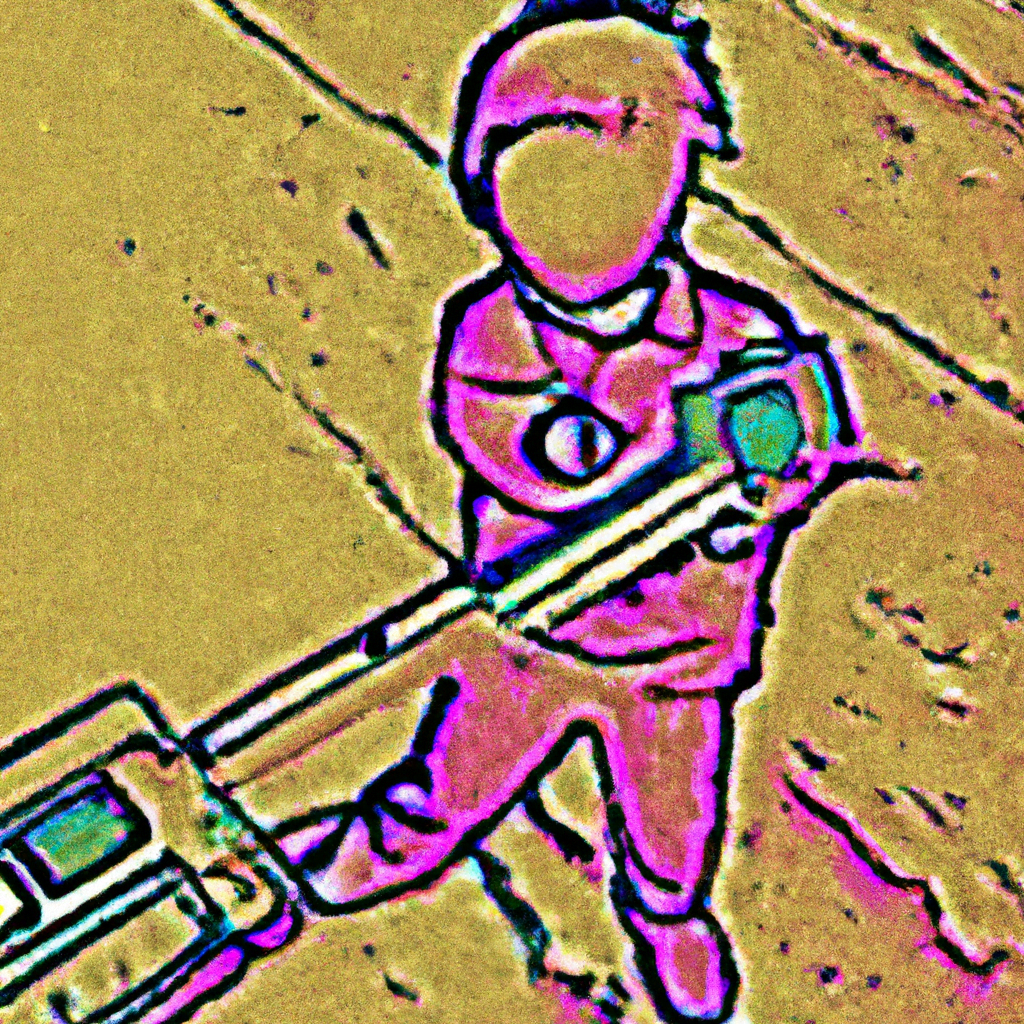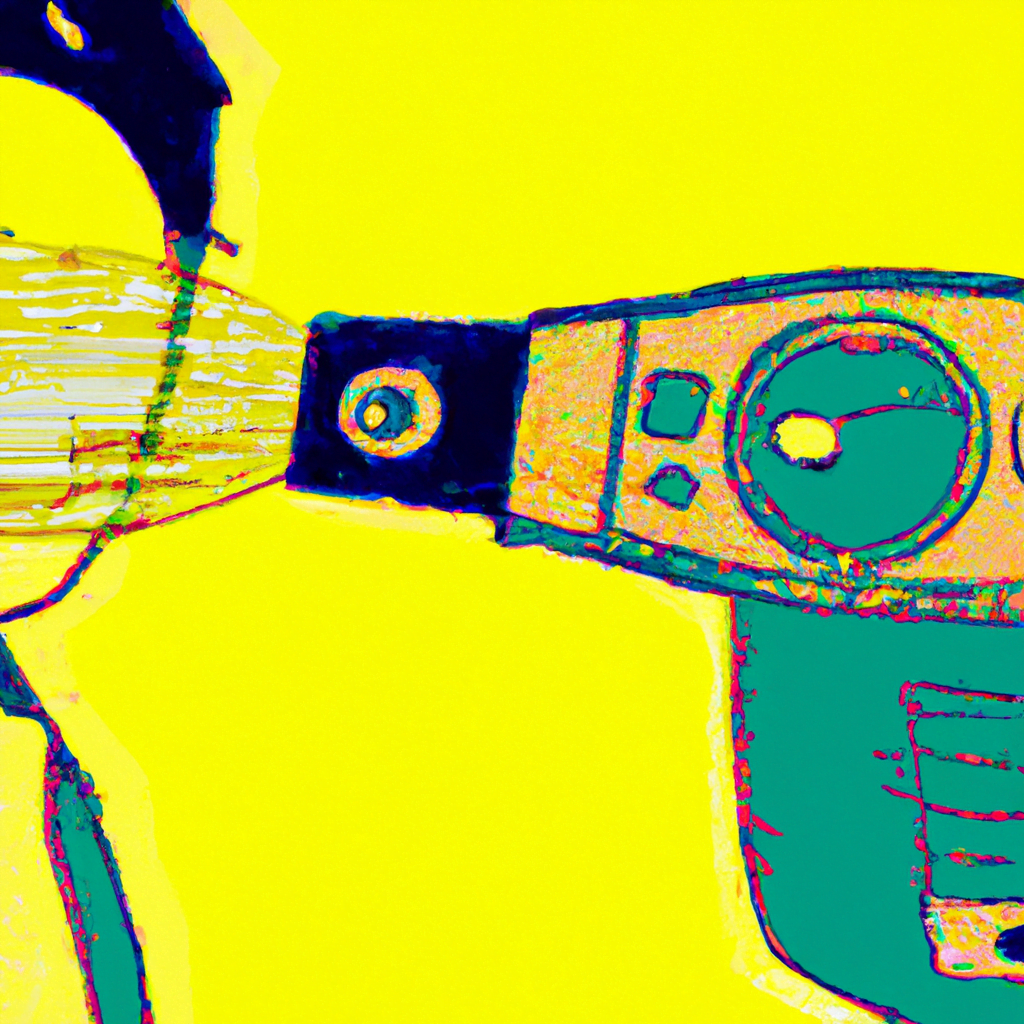
Illustrating Technology and Gadgets: Merging Art and Innovation

Technology and art may seem like two distinct worlds, but in recent years, they have been converging in fascinating ways. The marriage of art and innovation has given rise to a new form of expression and creativity, where artists are using technology and gadgets as their canvas. From digital illustrations to interactive installations, this fusion has opened up a world of possibilities for both artists and tech enthusiasts. In this article, we will explore the intersection of art and technology, the impact it has had on the creative landscape, and the exciting future it holds.
The Rise of Digital Illustration
One of the most prominent ways technology has influenced art is through the rise of digital illustration. With the advent of powerful software and hardware, artists can now create stunning digital artworks that were once unimaginable. Digital illustration offers a wide range of tools and techniques that allow artists to experiment, iterate, and push the boundaries of their creativity.
Artists like Banksy have embraced digital illustration to amplify their message and reach a wider audience. Banksy, known for his thought-provoking street art, has used technology to create interactive installations that blend art and technology seamlessly. His “Dismaland” exhibition, for example, featured a dystopian theme park with interactive artworks that commented on various social and political issues.
Furthermore, digital illustration has democratized art by making it more accessible to aspiring artists. Traditional art supplies can be expensive, and mastering traditional techniques can take years of practice. However, with digital tools, artists can start creating without the need for expensive materials or extensive training. This accessibility has led to a surge in the number of artists experimenting with digital illustration, resulting in a vibrant and diverse art scene.
Artificial Intelligence and Machine Learning in Art
Artificial intelligence (AI) and machine learning (ML) have also found their way into the art world, revolutionizing the creative process. These technologies have the ability to analyze vast amounts of data, recognize patterns, and generate new ideas. Artists are now leveraging AI and ML algorithms to create unique and innovative artworks.
One notable example is the work of Robbie Barrat, a young artist who trained a machine learning algorithm to generate original artwork. Barrat fed the algorithm thousands of images from various art movements, and the algorithm learned to generate its own unique pieces. The resulting artworks were a blend of different styles, showcasing the algorithm’s ability to create something entirely new.
AI and ML algorithms are not only being used to create art but also to enhance the creative process. Artists can now use AI-powered tools to generate ideas, explore different styles, and even automate repetitive tasks. This collaboration between artists and machines has the potential to push the boundaries of creativity and lead to groundbreaking artistic discoveries.
Interactive Installations and Immersive Experiences
Technology has also paved the way for interactive installations and immersive experiences that blur the line between art and technology. Artists are using gadgets and cutting-edge technologies to create multisensory experiences that engage and captivate audiences.
One such example is the work of TeamLab, a Japanese art collective known for their immersive installations. TeamLab combines digital technology, projection mapping, and interactive elements to create breathtaking environments that respond to the presence and movements of viewers. Their installations often feature vibrant colors, mesmerizing visuals, and soundscapes that transport visitors to otherworldly realms.
These interactive installations not only provide a unique artistic experience but also challenge the traditional notion of art as a static medium. Viewers become active participants, shaping and influencing the artwork through their interactions. This shift in the relationship between the artwork and the audience has transformed the way we perceive and engage with art.
The Future of Art and Technology
The fusion of art and technology is still in its infancy, and the possibilities for future innovation are endless. As technology continues to advance, we can expect to see even more groundbreaking collaborations between artists and tech companies.
One area that holds great promise is virtual reality (VR) and augmented reality (AR). VR allows artists to create immersive worlds that can be explored and experienced in a completely new way. AR, on the other hand, overlays digital content onto the real world, opening up new possibilities for interactive and location-based artworks.
Another exciting development is the integration of art and wearable technology. Artists are experimenting with smart textiles, interactive clothing, and wearable gadgets to create artworks that can be worn and experienced on the go. These wearable artworks not only blur the boundaries between art and fashion but also challenge our perception of what art can be.
Conclusion
The merging of art and technology has given birth to a new era of creativity and innovation. Digital illustration has empowered artists to create stunning artworks, while AI and ML algorithms have opened up new avenues for artistic exploration. Interactive installations and immersive experiences have transformed the way we engage with art, making it a multisensory and participatory experience.
As technology continues to evolve, we can only imagine what the future holds for the intersection of art and technology. Virtual reality, augmented reality, and wearable technology are just a few areas that are poised to revolutionize the art world. The fusion of art and innovation has the potential to reshape our understanding of art, challenge traditional notions, and create entirely new forms of expression.
So, whether you’re an artist looking to push the boundaries of your creativity or a tech enthusiast fascinated by the possibilities of art and technology, the merging of these two worlds offers a world of inspiration and endless possibilities.
